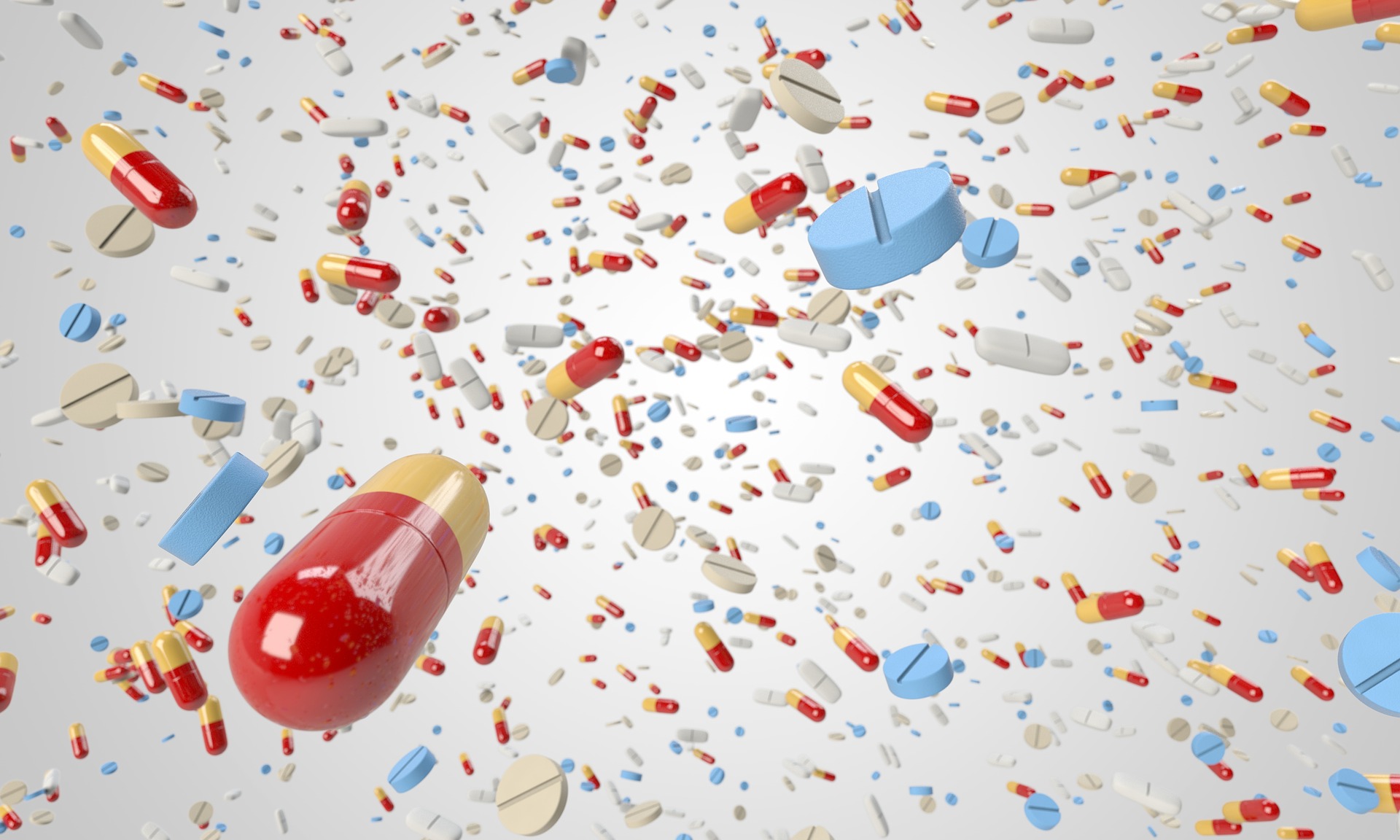The USFDA has approved the emergency use saliva based laboratory diagnostic test for COVID-19. This test is widely viewed to be a game changer in the diagnosis of the Covid 19. It is also expected to enable healthcare authorities to test more people.
According to the Food and Drugs Administration Commissioner Stephen Hahn, the new method called SalivaDirect will increase efficiency and avoid shortage of crucial test components like reagents.
“Providing this type of flexibility for processing saliva samples to test for COVID-19 infection is groundbreaking in terms of efficiency and avoiding shortages of crucial test components like reagents,” he said.
The agency has previously authorised four other tests that use saliva for sampling, but these yielded varying results. Authorisation of the new test occurs amid ongoing disarray over COVID-19 testing.
SalivaDirect is simpler, less expensive and less invasive than the traditional method for such testing known as nasopharyngeal (NP) swabbing. Results so far have found that SalivaDirect is highly sensitive and yields similar outcomes as NP swabbing.
SalivaDirect does not require any special type of swab or collection device; a saliva sample can be collected in any sterile container. This test is also unique because it does not require a separate nucleic acid extraction step. This is significant because the extraction kits used for this step in other tests have been prone to shortages in the past.
With the FDA’s emergency use authorisation, the testing method is immediately available to other diagnostic laboratories that want to start using the new test, which can be scaled up quickly for use across the nation and, perhaps, beyond — in the coming weeks, researchers said.
A key component of SalivaDirect, the researchers note, is that the method has been validated with reagents and instruments from multiple vendors. This flexibility enables continued testing if some vendors encounter supply chain issues as experienced early in the pandemic.
“This is a huge step forward to make testing more accessible,” said Chantal Vogels, a Yale postdoctoral fellow, who led the laboratory development and validation along with Doug Brackney, an adjunct assistant clinical professor.
“This started off as an idea in our lab soon after we found saliva to be a promising sample type of the detection of SARS-CoV-2, and now it has the potential to be used on a large scale to help protect public health. We are delighted to make this contribution to the fight against coronavirus,” he said.
Development of SalivaDirect as a means of rapidly expanding SARS-CoV-2 testing was spearheaded this spring by Nathan Grubaugh and Anne Wyllie, assistant professor and associate research scientist, respectively, at Yale School of Public Health.
After finding saliva to be a promising sample type for SARS-CoV-2 detection, they wanted to improve the method further.
If cheap alternatives like SalivaDirect can be implemented across the country, we may finally get a handle on this pandemic, even before a vaccine,” said Grubaugh.
Testing for SARS-CoV-2 has been a major stumbling block in the fight against the pandemic, with long delays and shortages of testing. Some experts have said that up to 4 million tests are needed per day and SalivaDirect provides one pathway toward that goal, the researchers said.
Yale intends to provide the SalivaDirect protocol to interested laboratories as an “open source” protocol, meaning that designated laboratories could follow the protocol to obtain the required components and perform the test in their lab according to Yale’s instructions for use.
Because this test does not rely on any proprietary equipment from Yale and can use a variety of commercially available testing components, it can be assembled and used in high-complexity labs throughout the country, provided they comply with the conditions of authorization in the EUA.
This is the fifth test that the FDA has authorized that uses saliva as a sample for testing.











